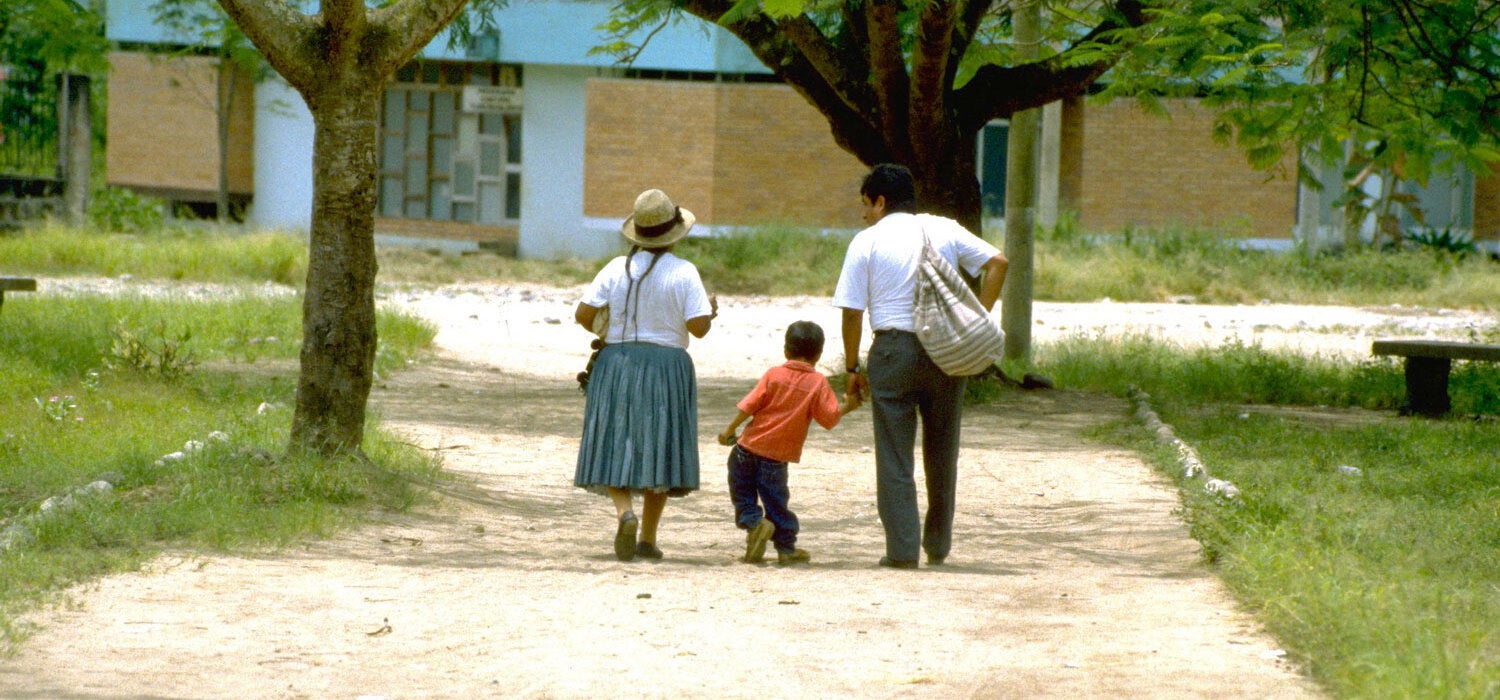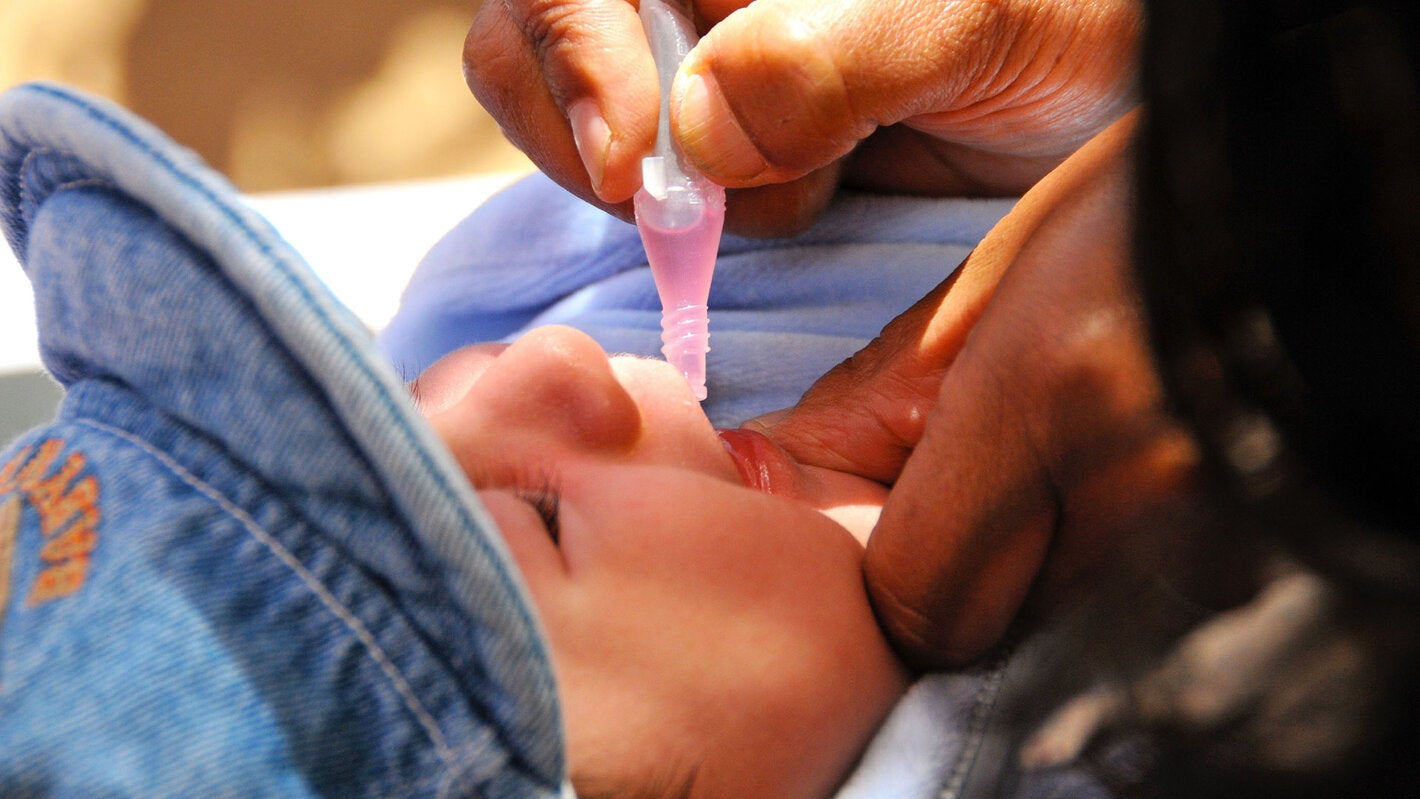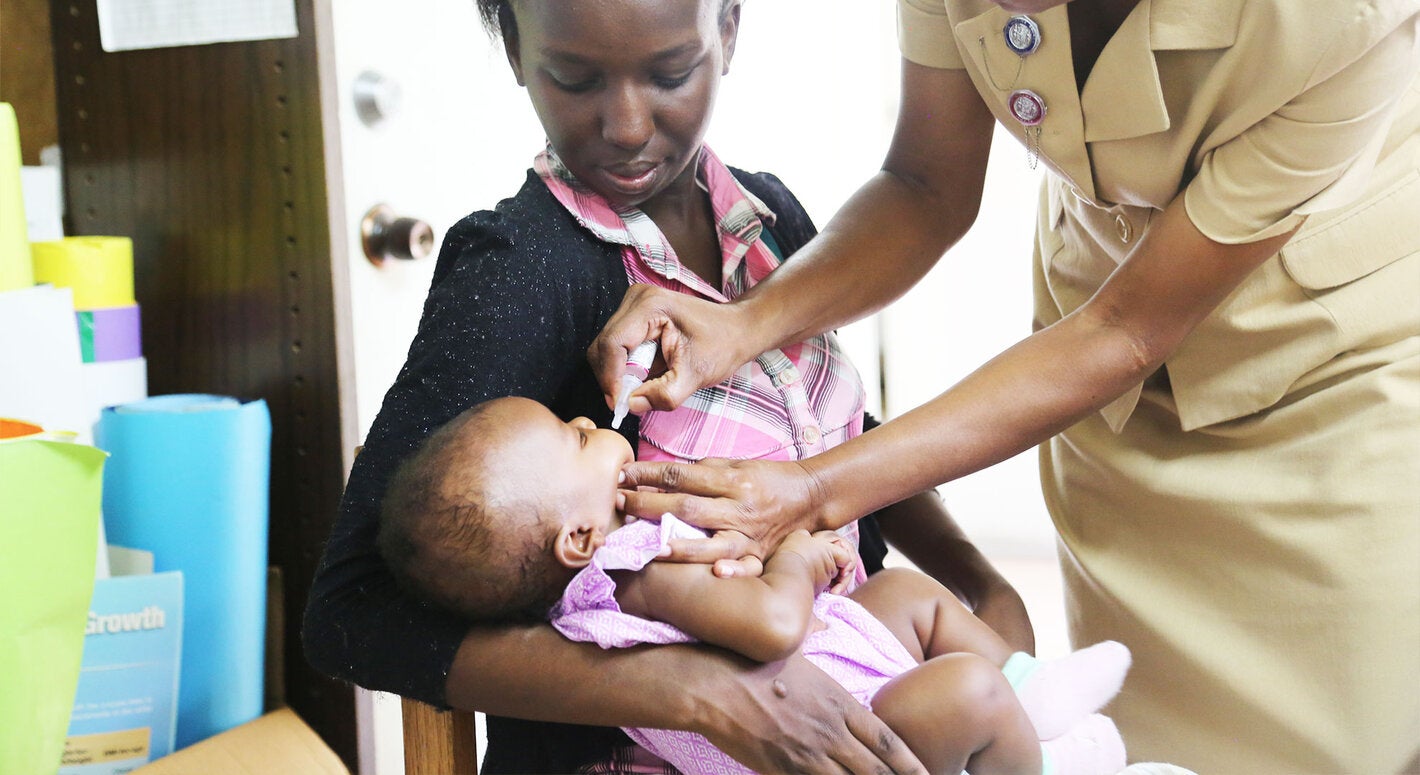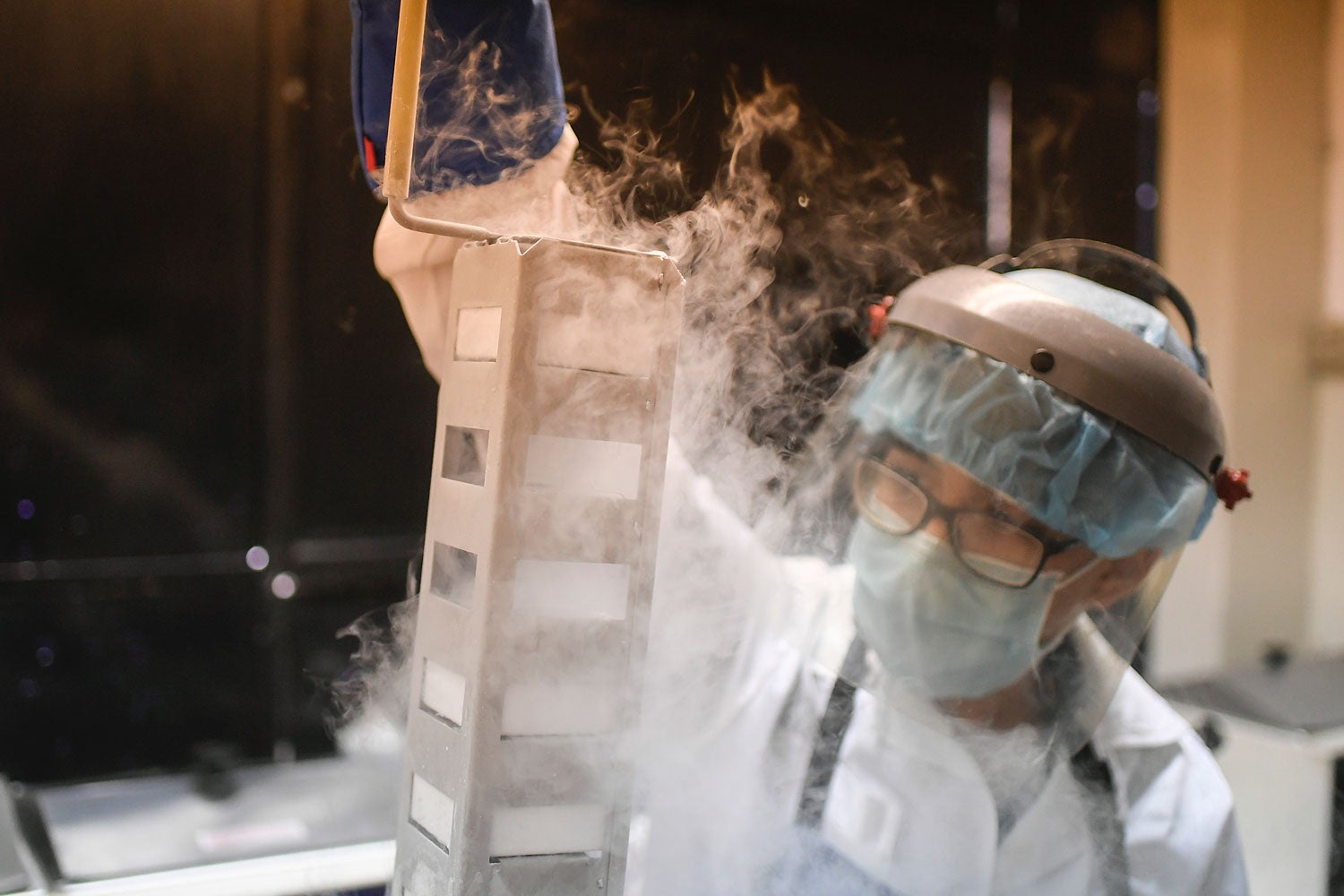September 2022
Deformed or paralyzed legs. Atrophied torsos and trouble breathing. For children left crippled with paralysis, a lifetime of disability and pain. This was the fate of thousands who survived the virus known today as polio. This disease, poliomyelitis, was previously known as “infant paralysis,” and affected humanity throughout history.
When the Pan American Health Organization (PAHO) was created in 1902, the highly contagious nature of polio would not be discovered by the medical community until 1905. Eventually, with the development of the vaccine and tireless immunization efforts supported by PAHO, in 1994 the Region of the Americas became the first one in the world to be certified polio-free by the World Health Organization (WHO).
Polio is the short name for poliomyelitis, a highly infectious disease caused by the poliovirus. There are three wild types of polioviruses, types 1, 2, and 3, and only two countries where the wild poliovirus type 1 is still endemic: Afghanistan and Pakistan.
Recently the disease made headlines again when a case was detected in the United States in July 2022: an unvaccinated 20-year-old man was diagnosed with a type known as “vaccine-derived poliovirus (VDPV).” This is a strain related to the weakened live virus contained in the oral polio vaccine (OPV).
According to Dr. Gloria Rey, a polio expert and Regional Advisor at PAHO, if the weakened live poliovirus can circulate in populations with low vaccination coverage, it can mutate and revert to a form that causes illness and paralysis. This highlights the importance of maintaining high vaccine coverage across all countries.
Among the unvaccinated, the virus attacks the nervous system and can cause total paralysis in a matter of hours. It is transmitted through contact between people, via nasal and oral secretions, although more commonly through contact with contaminated feces.
The initial symptoms are fever, fatigue, headache, vomiting, stiffness of the neck and pain in the limbs. One in 200 infections lead to irreversible paralysis (usually in the legs). Among those paralysed, 5 to 10 percent die when their breathing muscles become immobilized.
During the height of the regional polio epidemic in the 1950s, a machine known as an 'iron lung' was used to aid patients whose muscles had weakened. Although this machine alleviated breathing, it was no cure, and the race was on to find a vaccine.





